Catholic Church buys $2.4M Seattle house as finances peak, parishes close
Parishioners are no longer welcome for Mass at St. Mary’s Catholic Church, but it remains a kind of still-life. Only a single bulb glows over the heavy, unlocked doors. Inside, prayer votives are cold and burned low. Gray light casts rows of pews in eerie shadow.
St. Mary’s merged in July with St. Therese, 2 miles away, one of a dozen parishes the Archdiocese of Seattle closed or consolidated to save money and minimize costly repairs to outdated structures.
Yet the archdiocese emerged from the pandemic with its highest financial gains in the last five years, despite COVID-19, declining Mass attendance, a small dip in parishioner giving and the ongoing strain of clergy abuse payouts.
Now the archdiocese’s finances have come under renewed scrutiny with the purchase of a home for Seattle’s Catholic leadership, prompting fresh criticism of the church’s transparency and money management.
The archdiocese last month quietly acquired the $2.4 million property in the stately Mount Baker neighborhood. The five-bedroom, 3,460-square-foot gray-shingled home with a bright-blue door overlooks Lake Washington.
The deed showed no explicit connection to the archdiocese. It was purchased by AB Seattle Property LLC, and the Mount Baker home is its only transaction.
The company is registered under the name of a Seattle lawyer, William Crowley, who is the attorney for the Archdiocese of Seattle.
But Crowley did not buy the property for himself. Instead, it became the new home for Seattle Archbishop Paul Etienne, who moved in after Thanksgiving.
The purchase was first made public in November by Heal Our Church, a group of Washington Catholics advocating for church reform, particularly related to clergy sexual abuse and increased transparency from the archdiocese. Six days later, the archdiocese confirmed the purchase in Northwest Catholic magazine, christening the property Bethany House.
The home’s kitchen has state-of-the-art appliances and quartz countertops, and according to a listing on Redfin, the house has hardwood floors, stained glass and a claw-foot tub.
While Seattle is known for soaring home prices, as of October, the median price for a single-family home in Seattle was $903,000, and $1.3 million in the Mount Baker neighborhood.
The archdiocese told The Seattle Times the purchase was prudent and aligned with its long-term goals for the church to increase its financial stability. The neighborhood is a roughly 15-minute drive from St. James Cathedral and Etienne’s office. The archdiocese said using an LLC protected the archbishop’s privacy and is not an uncommon practice of the church.
“He is a person just like the rest of us who wants to have a place to go home and be peaceful,” said Helen McClenahan, a spokesperson for the archdiocese. Etienne declined an interview.
Members of Heal Our Church say the purchase appears callous when Catholics are still grappling with the loss of beloved communities like St. Mary’s and the now-shuttered Mount Baker church Our Lady of Mount Virgin — as well as when many Catholics in Washington struggle to afford housing in general.
The archbishop “holds the position of moral authority and there is a lot of status and power that goes with that position,” said Colleen Kinerk, a member of Heal Our Church. “If Jesus made the decision, they wouldn’t be acquiring a waterfront home.”
“A pastor, not a prince”
When Etienne was appointed in September 2019, he sent an internal letter saying he would be the first archbishop in decades not to live in the historic Connolly House, where his predecessors lived since the early 1900s, and planned to sell it. The First Hill property has been assessed at $8.8 million.
“I prefer to live a more simplified life,” he said in the letter. “I think the days of bishops living in a manner that’s a lot nicer than the majority of their people live, those days are gone, and they should be,” he went on to say in an interview with Northwest Catholic magazine, which is the official publication for the Archdiocese of Seattle.
“I am a pastor, not a prince,” he said, “and I want to live in a manner that’s more reflective of how my people live.”
He moved to the rectory at St. Peter’s Catholic Church in Beacon Hill, whose second-floor residence was remodeled in 2020 for $160,000, according to county permits.
In March 2022, the archdiocese announced it planned to sell Connolly House and several other properties to Westbank, a Vancouver, B.C.-based real estate developer. The archdiocese said Connolly House alone would be sold for $13.5 million, based on market value — $5 million above its appraised value — with an agreement to preserve the historical value of the home. The deal included three other First Hill properties, which collectively were appraised at over $25 million, according to King County property assessments. Nine months later, the sales are not yet final.
At 9,450 square feet, “Connolly House was just really really too big for the needs of this archbishop, which is why he wanted to downsize,” said McClenahan, the archdiocese spokesperson.
She said the Mount Baker house is less expensive with lower maintenance costs but does have enough space to house a visiting bishop and could appeal to future archbishops.
It’s “something that could last,” she said.
“He controls all information”
If they go through, the real estate deals could total close to $40 million. But they are not yet reflected in the archdiocese financial documents.
The Archdiocese of Seattle is among the larger dioceses in the country, with over 600,000 parishioners in 168 parishes and missions in Western Washington. In the 2021 fiscal year, it had $16.5 million available in cash and investments after accounting for $45.7 million in debt, according to financial reports. Parishioner collections at Mass topped out at $93 million — an 89% increase since 1995 — with an additional $154 million in revenue from Catholic schools and a $151 million collective nest egg for interchurch lending.
Catholic Community Services and Catholic Housing Services also brought in and distributed $290 million in the last fiscal year, the majority of it revenue from government fees and contracts.
While the church’s debt has also increased in recent years, it compensated in 2021 with strong returns on investments, donations and an influx of at least $3.7 million in federal COVID relief loans.
McClenahan said improving the church’s financial stability has been deliberate, “so that we don’t head into bankruptcies like other dioceses in the United States.”
The growth is consistent with net assets held by the United States Conference of Catholic Bishops, the group of national church leadership that oversees and organizes Catholicism in the U.S. and the U.S. Virgin Islands. Since 2015, the national organization has seen a 56 percent increase in total assets from $162 million to $254 million for fiscal year 2021, not including restrictions placed by donors.
The Seattle Archdiocese’s finances are a contrast to those of some of its peers in the era of reckoning with clergy abuse. Dioceses and religious orders have sought bankruptcy protection in the Northwest and nationwide as a result of the abuse crisis.
Heal Our Church has pushed for the Seattle Archdiocese to be more transparent and make its records related to clergy abuse public.
Without full transparency, they say Catholics cannot know the extent of harm committed by abusive priests or nuns and concealed by church leadership. Those records belong to the survivors, not the church, say advocates for Heal Our Church and SNAP, the Survivors Network of those Abused by Priests.
The group says its requests for the church to make these records public have been stonewalled by Archbishop Etienne. McClenahan, the archdiocese spokesperson, said releasing records would be a violation of parishioners’ privacy and they have no plans to do so.
But to Heal Our Church, the Mount Baker purchase indicates the church’s entrenched practice to operate in secrecy.
Tim Law, a local lawyer and national advocate on clergy reform, said purchasing the house through an LLC was a breach of trust.
“We are dealing with [Etienne] on issues of child protection and he is trying to assure us he has everything under control, that a new page has been turned, and this is an indication that nothing has changed,” Law said.
Seattle has paid out $118.8 million in clergy abuse settlements — representing 465 claims — since the 1980s, with $688,000 spent in counseling since 2006, the archdiocese said this month. The archdiocese says some of this had been paid in the past through property sales but has predominantly been funded through insurance, self-insurance and the church’s general fund.
In contrast, Spokane’s smaller diocese encompassing Eastern Washington agreed to pay $48 million to 176 claimants as part of its 2007 bankruptcy proceedings. Nationally, dioceses collectively spent more than $200 million in settlements just in 2019, a sum that has been steeply increasing annually, according to a report from the United States Conference of Catholic Bishops and partner organizations.
But even among the most recent clergy abuse settlements in Seattle, which totaled $2.3 million, the archdiocese declined to release the name of the alleged abuser from a case at St. Louise Parish, saying it “couldn’t make a definitive identification.”
The Seattle Archdiocese has publicly released 81 names as of 2021 and says it is committed to continuing to update the list and make credibly accused clergy known to the public on its Protect and Heal website: protect-seattlearchdiocese.org.
Law, who was baptized at Holy Rosary Catholic Church 73 years ago, said that is part of the church’s longstanding problems.
“He controls all information,” Law said. “Big changes and reforms need to come. Calling out these things might be perceived as petty, but it is important to get the church in the right direction.”
Lingering grief of parish closures
In July, Archbishop Etienne said, “We simply cannot continue with the status quo,” as more than a dozen parishes closed or consolidated, which he said would better distribute church resources, following consultations with church leadership and public comment.
Parishioners spoke of grief and displacement. Some said they felt deliberately ignored as part of the Latino, Southeast Asian and queer communities dominant in the changing parishes.
“I planned to have my funeral here,” said Emmy Purainer, who had attended Mount Virgin for more than 60 years, The Seattle Times reported in 2021.
The parish closures are under review by the Vatican, but cash flow is likely to increase in the coming years regardless. The First Hill real estate deal is expected to increase cash assets by tens of millions of dollars.
And if the Mount Virgin church property is sold, which is appraised at $8.7 million, its proceeds will go to the archdiocese. For other parishes, like St. Mary’s, appraised at $1.4 million, any sales from that property would stay within the St. Therese parish it consolidated with, McClenahan said, adding that Mass collections also stay within each parish. For now, she said, St. Mary’s will sometimes still host a funeral.
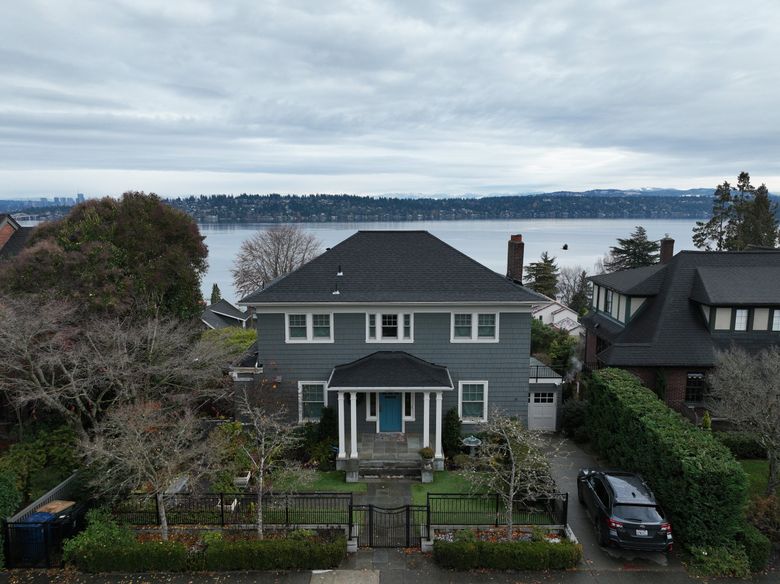

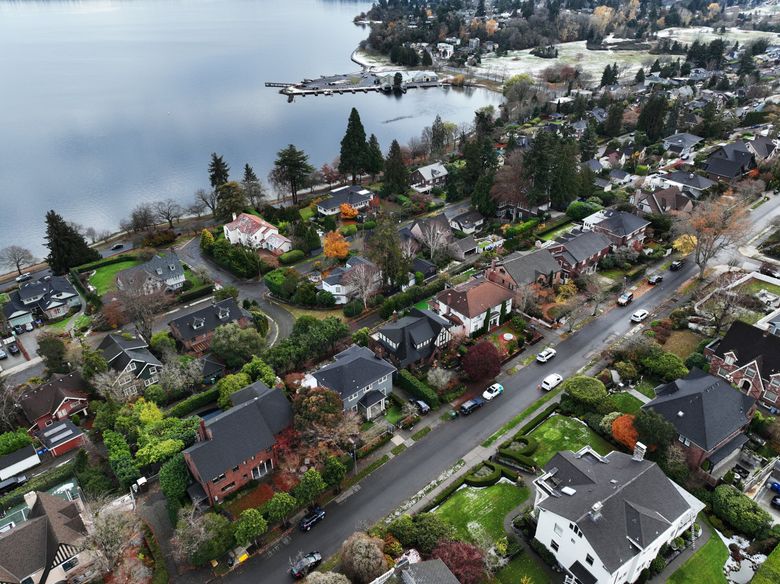

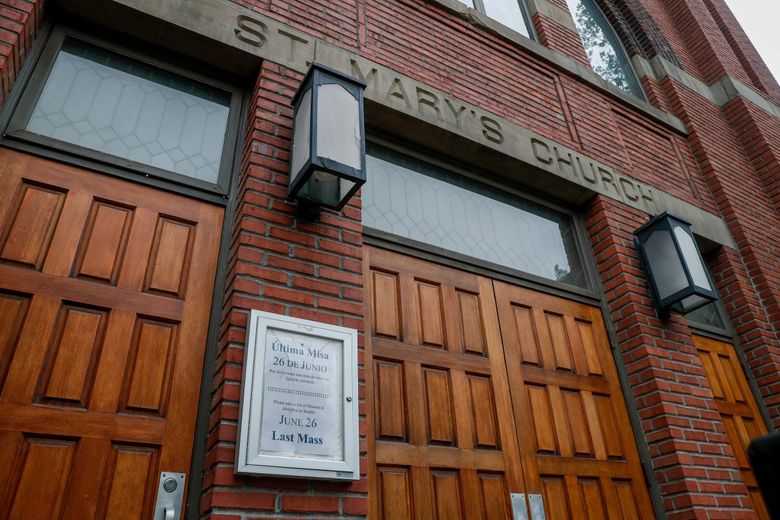

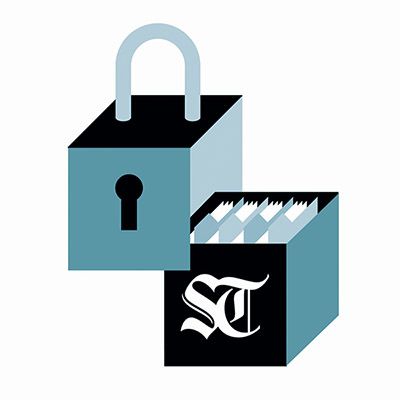
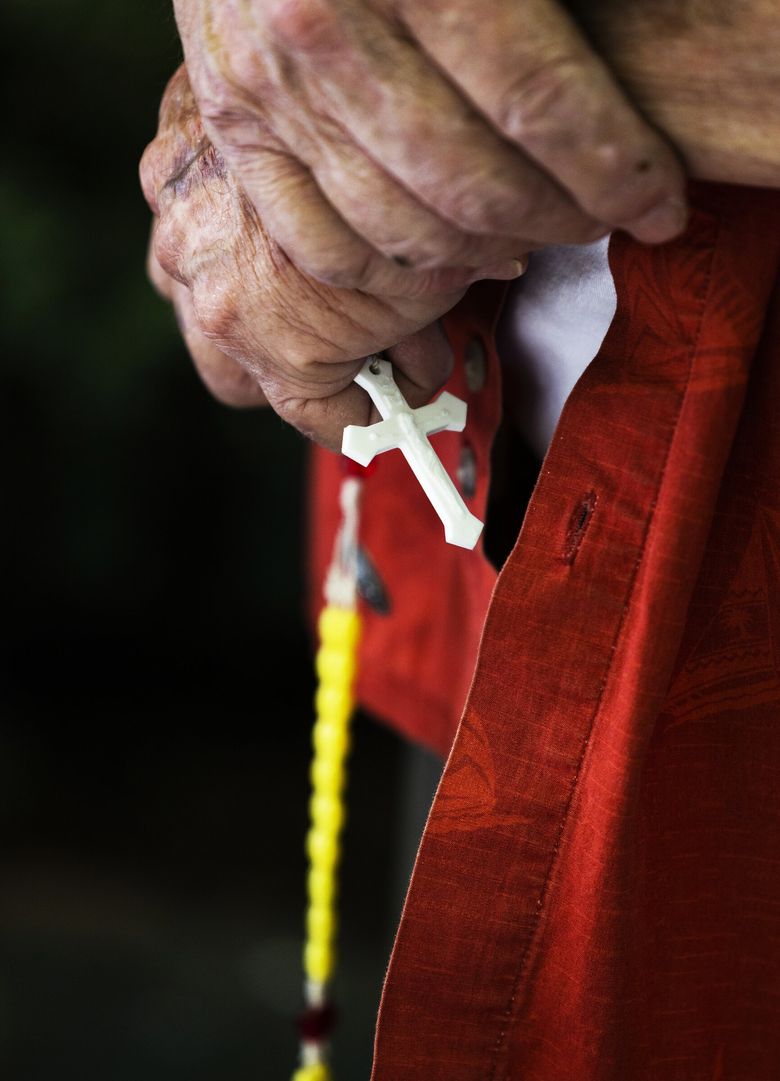
No comments:
Post a Comment